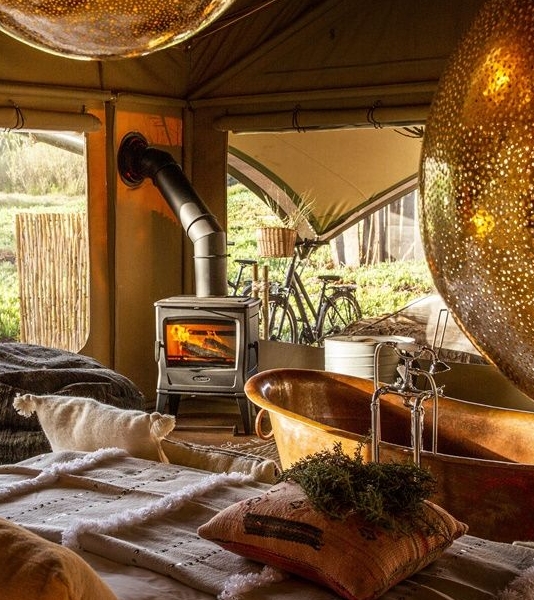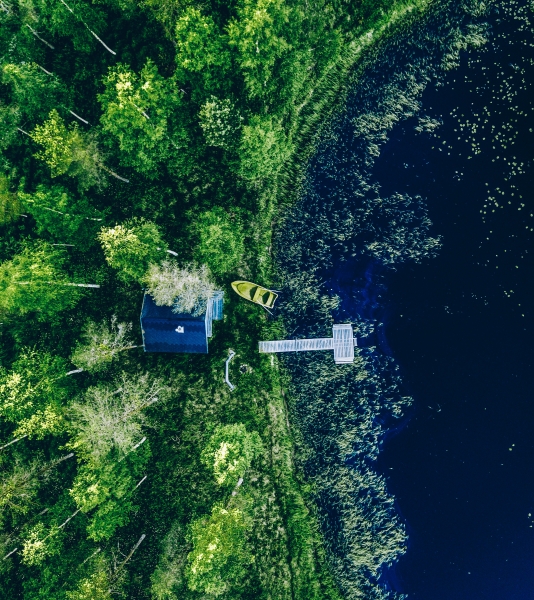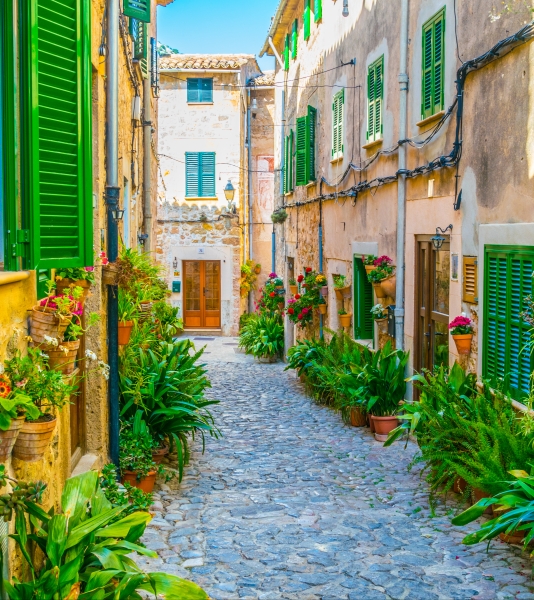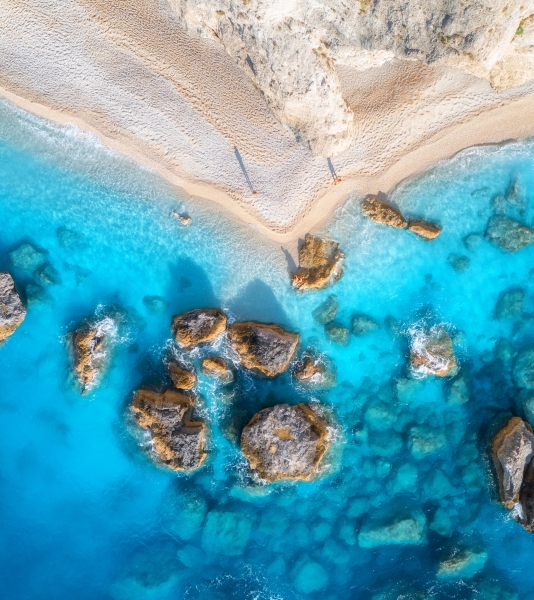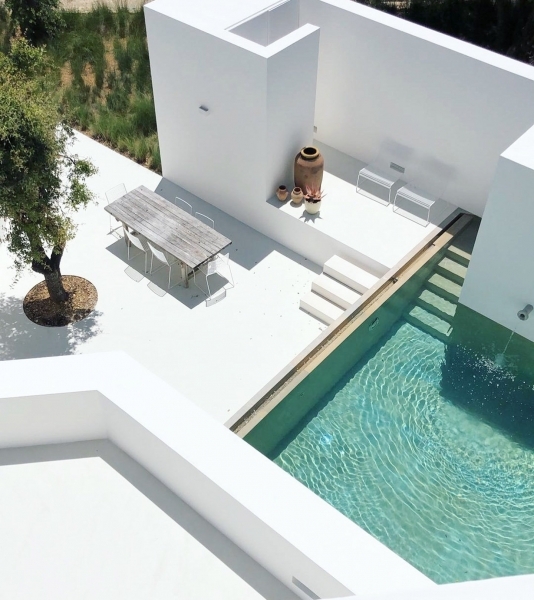Huelva - beaches and maybe the best ham in the world
Huelva is an agricultural province not known as a major tourist destination. It has, however, some notable areas worth visiting, not least the chain of fine beaches along the coast to Portugal and resorts, such as Isla Cristina, that are renowned for their excellent seafood.
It is also home to Coto Doñana national park – part of the largest roadless area in Western Europe – with its flamingos, birds of prey and lynx, amongst other animals as well as the Sierra de Aracena mountain range with its Gruta de las Maravillas (Caves of Wonder), Alájar and Jabugo.
Huelva seaside and mountain hotels
Huelva - fiestas and romerias
The hamlet of El Rocío, 11 kilometres from Almonte, is
a centre of the Marian Fraternities pilgrimage, the most crowded and
famous of Andalusia. The pageant of the Rocío going to the Sanctuary of
the Queen of the Marshes is one of the more genuine folkloric shows of
Low Andalusia and takes place at dawn the Monday after Pentecost. It is
not easy to define the phenomenon of El Rocío, which is undoubtedly of
pagan origin but which has been Christianised.
Huelva and other
villages of the province, like Ayamonte, Aracena and Moguer,
commemorate, in a similarly fervent manner, Holy Week with a procession
of penitent brotherhoods Huelva also evokes the happy adventure of the
Discoveries in the so called Columbian Festivities, during the first
days of the month of August. Here, in the highest Andalusian tradition,
there are stands, Sevillian dances, horseback riders and bullfights that
define the festive expression of these Southern lands.
Huelva culture
Possibly the best known image of Huelva is the Monument to Columbus. Huelva is not a city to dazzle the visitor with an extensive catalogue of monuments.
The attraction of Huelva resides in the
unconcealed modesty of its historical medieval quarter, mostly lost in
the earthquake of 1755. Full of light, as few cities are, its streets
and squares shine in beautiful urban perspectives. Built in the XVI
Century, the Church of the Concepción is considered the first temple
erected in Spain dedicated to the Marianic Virginal Mystery, it was
rebuilt during the second half of the XVIII Century, after the
devastating earthquake of 1755. Also from the XVIII Century is the
Church of La Merced.
The Provincial Museum of Huelva, located in
the wide Sundheim Avenue, preserves important archaeological vestiges,
which go back to the city origins.
Our collections
Don’t know where to go? Let our collections inspire you.


